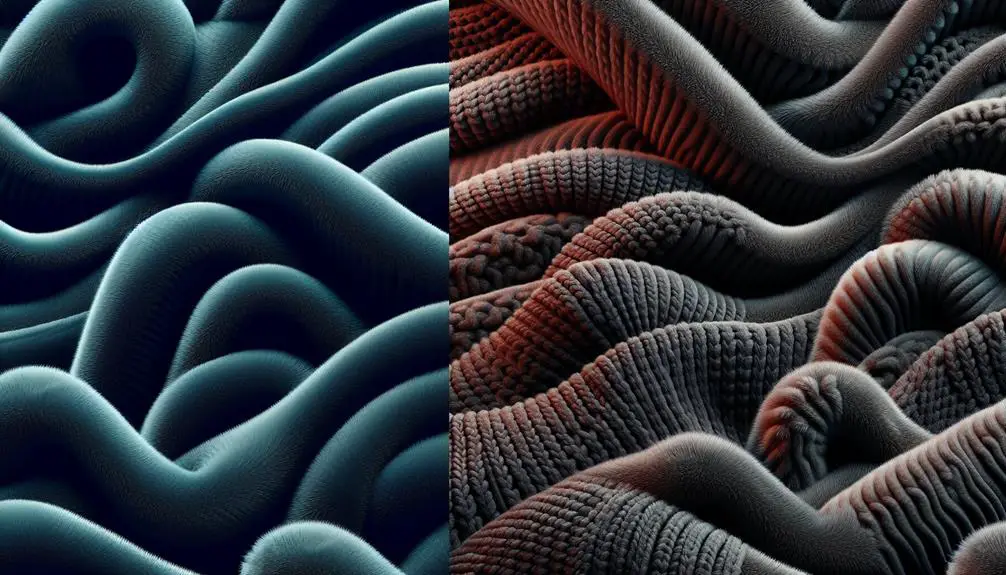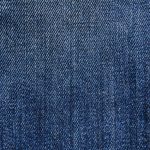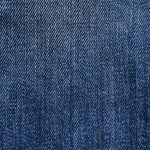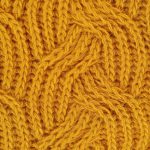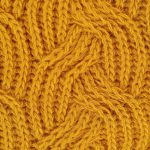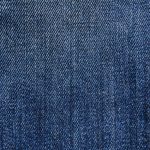By chance, have you ever wondered about the variance between velvet and velour?
The distinction goes beyond mere texture; it extends to their manufacturing processes, characteristics, appearances, practical applications, and even nuances in sewing techniques.
As we unravel the subtle yet significant disparities between these two sumptuous fabrics, you might find yourself intrigued by the intricate details that set them apart and discover how each fabric holds its unique allure in the world of textiles.
Table of Contents
Key Takeaways
- Velvet is a woven fabric with a dense pile and luxurious sheen, while velour is a plush knit fabric known for its softness and natural stretch.
- Velour's manufacturing involves a cut pile, making it softer and more versatile than velvet.
- Velvet is favored for high-end applications like upholstery, curtains, and clothing, while velour offers a casual and comfortable aesthetic.
- When sewing, velvet requires precision to maintain color consistency, while velour's elasticity necessitates attention to nap direction and patterns.
Origins and Manufacturing Process
Velour, originating in the Far East and later mass-manufactured in the 1840s, offers a more accessible alternative to the traditionally noble and luxurious velvet. The French word 'velour' directly translates to 'velvet,' underlining the close relationship between the two fabrics.
While velvet has a long history dating back to around 300 AD in the Middle East, velour's journey began along the Silk route before gaining popularity in Europe. The manufacturing process of velour involves creating a fabric with a cut pile, giving it a soft and plush texture similar to velvet but with a more casual and versatile appeal. This process allows for a quicker and more cost-effective production compared to the intricate techniques required for traditional velvet.
Velour's origins in upholstery work paved the way for its shift into the fashion domain during the 1960s and 1970s, where it found widespread use in clothing, particularly during that era's trendsetting styles.
Textural Variances and Characteristics
Having explored the manufacturing processes of velvet and velour, it is important to now examine the textural variances and characteristics that distinguish these two fabrics. Velvet, a woven fabric, typically has a dense pile that gives it a luxurious soft feel and good drape. In contrast, velour, a plush knit fabric, offers a natural stretch and is generally softer than velvet. Velour fabric is known to be stretchier than velvet, providing comfort and flexibility, making it suitable for more casual clothing. While velvet can have elastane woven in for stretch, velour naturally stretches due to its knit nature. When working with these fabrics, it's essential to take into account factors like the cut, nap direction, and using fine pins for pattern pieces to make sure a successful outcome. The table below summarizes the key textural variances between velvet and velour:
| Characteristic | Velvet | Velour |
|---|---|---|
| Fabric Type | Woven | Pile Knit |
| Stretchiness | Less stretchy | Natural Stretch |
| Softness | Luxurious feel | Softer than Velvet |
Appearance and Aesthetic Differences
When comparing velvet and velour, one can easily distinguish them based on their appearance and aesthetic qualities.
- Velvet boasts a dense, short pile that gives it a luxurious sheen, emphasizing its opulent and sophisticated look. In contrast, velour features a plush knit structure with a softer feel and lacks the glossy sheen seen in velvet.
- The sheen found in velvet comes from the way the yarns are woven into small loops, maintaining a lustrous appearance. On the other hand, velour loses its sheen due to the cut loops in the fabric, resulting in a more matte finish.
- Velvet is often favored for high-end upholstery, curtains, and clothing due to its sumptuous and rich texture, conveying a sense of luxury. Velour, with its more casual and comfortable look, is frequently chosen as a versatile and cost-effective alternative for various applications.
Understanding these nuances in appearance and aesthetic qualities can aid in discerning between velvet and velour in different contexts.
Practical Uses and Applications
Velvet's luxurious texture makes it a popular choice for high-end upholstery, curtains, and clothing, while velour's versatility extends to various applications beyond traditional uses. Velour is made with a cut 'pile knit structure, offering a different look and feel compared to velvet. When it comes to practical uses and applications, there are notable distinctions between the two fabrics.
| Practical Uses | Velvet | Velour |
|---|---|---|
| Upholstery | Commonly used for high-end upholstery projects due to its luxurious appeal. | Used for upholstery as well, offering a more affordable alternative to velvet. |
| Clothing | Often found in high-end clothing items, providing a luxurious touch. | Velour is much less common in clothing due to its tendency to lose its sheen over time. |
| Curtains | Velvet curtains add elegance to spaces and are a popular choice for luxurious interiors. | Velour curtains are rare, with velvet being the preferred option for a more opulent look. |
Key Distinctions in Sewing and Care
In sewing and caring for velvet and velour, understanding the key distinctions between the two fabrics is essential for achieving the best results.
- Velvet requires precise sewing techniques such as cutting pieces in the same direction to maintain consistency in color and sheen. Additionally, using steam instead of an iron is important to prevent crushing the pile and damaging the fabric.
- Velour, with its small loops that are cut, offers more elasticity compared to velvet. When sewing velour, attention should be paid to the nap, requiring consistent patterns and the use of a walking foot and ballpoint needle for smoother sewing without pulling the fabric.
- Velveteen, a blend of cotton and silk, is easier to work with than velvet. When working with velveteen, cutting patterns in the same direction is important for color uniformity, and using fine needles and pins helps prevent visible marks during sewing.
Mastering these sewing techniques for velour, velvet, and velveteen will guarantee successful outcomes in your sewing projects.
Frequently Asked Questions
Is Velour the Same as Velvet?
Velour is not the same as velvet. While both fabrics offer unique qualities, velour is a knitted fabric with a cut pile, distinct from velvet's woven dense pile. Understanding these differences is crucial for fabric selection.
How Can You Tell if Velvet Is Real?
To tell if velvet is real, I check for a cool, smooth touch and a distinct sheen. Authentic velvet has dense pile that reflects light uniquely and high-quality finishing. Synthetic fabrics can't match the luxurious feel of genuine silk velvet.
What Does Velour Fabric Feel Like?
Velour fabric feels incredibly soft and plush, offering a luxurious sensation. The cut fibers in its pile create a velvety texture that drapes smoothly. It's a popular choice for cozy casual-wear and durable homeware items.
Is Velvet Soft on Both Sides?
Yes, velvet is soft on both sides. The consistency of its luxurious texture on the front and back makes it perfect for various applications like clothing and upholstery. The unique double-layered construction guarantees a plush feel.
- Tetron Silk Fabric: A Comprehensive Guide - June 17, 2025
- Tetron Rayon Fabric: Features and Applications - June 17, 2025
- Tetron Cotton Fabric: Uses and Benefits - June 17, 2025

